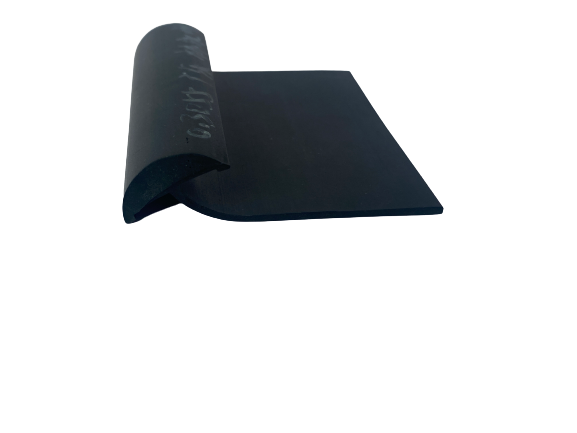Aug . 10, 2024 13:20 Back to list
Choosing the Right Bottom Seal for Your Entrance Door for Enhanced Energy Efficiency and Weather Protection
The Importance of an Effective Entrance Door Bottom Seal
When it comes to maintaining a comfortable and energy-efficient home, one often overlooked aspect is the entrance door bottom seal. This seemingly simple component plays a critical role in ensuring that our living spaces remain cozy and protected from external elements. In this article, we will explore the significance of an effective door bottom seal, the types available, and the benefits they provide.
What is a Door Bottom Seal?
A door bottom seal (also known as a door sweep) is a strip of material affixed to the bottom edge of a door. Its primary function is to close the gap between the door and the floor, preventing air leaks, moisture infiltration, and the intrusion of dirt and pests. The design and material of a door bottom seal can vary, but they typically consist of rubber, vinyl, or brush-like materials that provide an effective barrier.
Benefits of an Entrance Door Bottom Seal
1. Energy Efficiency One of the most significant advantages of a door bottom seal is its contribution to energy efficiency. By sealing the gap under the door, it prevents the conditioned air from escaping and reduces drafts that can lead to higher energy bills. This is particularly important during extreme weather conditions when heating or cooling systems work harder to maintain a comfortable indoor temperature.
2. Moisture and Water Protection An effective door bottom seal helps prevent water from seeping into the home, especially during rainy seasons or in areas prone to flooding. Water intrusion can lead to mold growth, structural damage, and costly repairs. The seal acts as a barrier, ensuring that your entryway remains dry and safe.
3. Pest and Insect Prevention Gaps under doors can serve as entry points for unwanted pests and insects. A well-installed door bottom seal minimizes these entryways, helping to keep your home free from critters that can carry diseases or cause damage.
4. Noise Reduction Living in a noisy environment can be stressful, but a door bottom seal can help mitigate some of that sound. The material used in the seal provides a degree of sound insulation, contributing to a quieter indoor space by blocking noise from outside.
entrance door bottom seal

5. Increased Comfort By eliminating drafts and cold spots near the entrance, a door bottom seal enhances overall comfort within the home. Family members and guests will appreciate a more welcoming environment that feels warm and inviting.
Types of Door Bottom Seals
There are several types of door bottom seals to choose from, each designed for specific needs
- Rubber Door Sweeps These are versatile and provide excellent insulation. They are durable and can handle heavy traffic areas. - Brushed Door Seals Ideal for interior doors, brushed seals feature soft bristles that create a tight seal without making contact with the floor, making them suitable for uneven surfaces. - Vinyl Seals These are often used for exterior doors, providing effective moisture and air protection while being resistant to weather damage.
Installation and Maintenance
Installing a door bottom seal is typically a straightforward DIY project that requires minimal tools. It’s essential to measure the door accurately and choose a seal that fits perfectly. Regular maintenance, such as cleaning the seal and checking for signs of wear, ensures it remains effective over time.
Conclusion
In summary, the entrance door bottom seal plays a vital role in the overall performance of your home. Offering benefits such as energy efficiency, moisture control, pest prevention, noise reduction, and increased comfort, it is a small investment that yields significant returns. By ensuring your door has a reliable bottom seal, you can enjoy a more comfortable and efficient living space for years to come.
Next:




